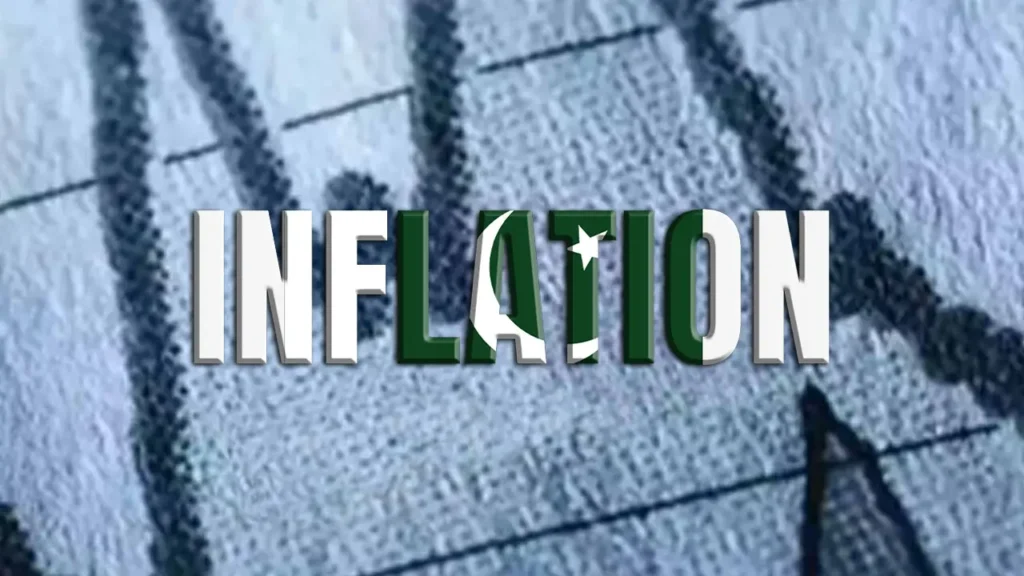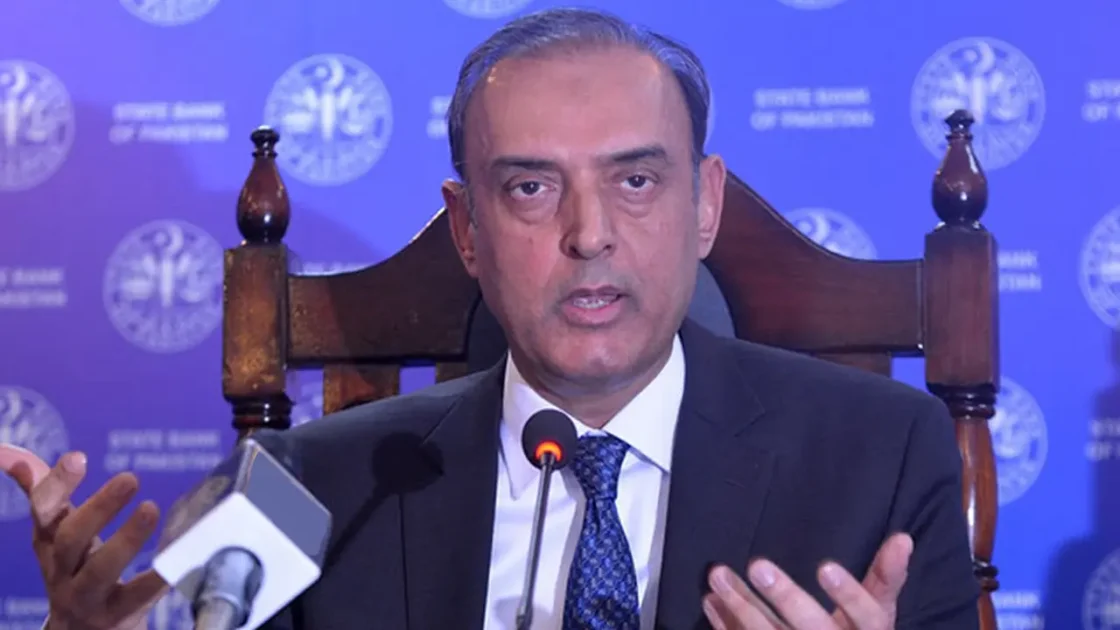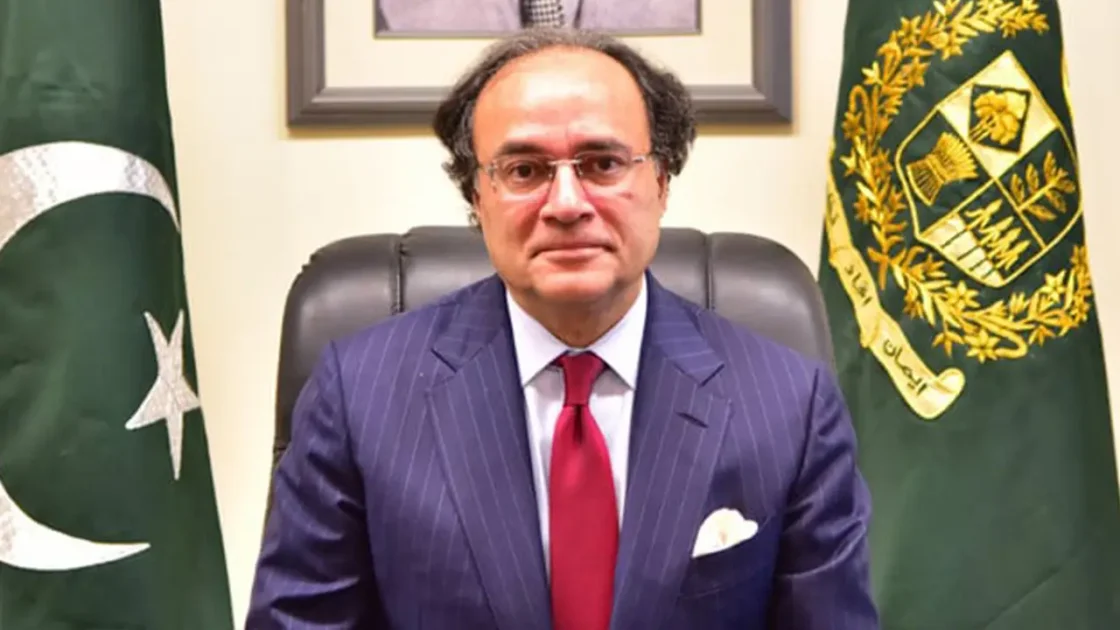- Syed Raza Hassan
- 59 Minutes ago

Inflation in Pakistan falls to 0.7 per cent, lowest in nearly six decades
-
- Web Desk
- Apr 04, 2025

ISLAMABAD: Pakistan’s headline inflation dropped to 0.7 per cent year-on-year in March 2025, the lowest level since December 1965, according to the Pakistan Bureau of Statistics (PBS).
This decline was far below both market expectations and the Ministry of Finance’s forecast, which had predicted inflation between 1 and 1.5 per cent for the month. Research firm Arif Habib Limited confirmed the 59-year low, referencing data from the State Bank of Pakistan (SBP).
The monthly inflation rate was recorded at 0.9 per cent, slightly higher than February’s 0.8 per cent drop, but a significant improvement from March 2024, when prices had risen by 1.7 per cent. The main drivers behind this decline were lower prices for wheat, its by-products, and perishables such as onions, potatoes, and some pulses.
The reduction in electricity charges also contributed to the slowdown. These items play a crucial role in inflation calculations, meaning even small price changes can have a notable impact on the overall inflation rate.
The full effect of the recent electricity tariff cut, announced by the Prime Minister, is expected to be seen in April’s inflation data. However, despite global price declines, sugar and edible oil prices are rising in Pakistan, largely due to increased exports to Afghanistan.
The country is currently experiencing disinflation, which refers to a slowdown in the rate of inflation, not a decrease in overall price levels. Although inflation has decreased, the cost of living remains high.
For instance, the average inflation rate from July to March this year stood at 5.25 per cent, compared to 27.06 per cent during the same period last year. Analysts attribute the drop to lower global commodity prices, stable exchange rates, and better agricultural outputs.
Prime Minister Shehbaz Sharif praised the ongoing decline in inflation, stating that it aligns with the PML-N’s election promises. He highlighted that the current inflation rate is the lowest in six decades and reflected the government’s successful policies aimed at reducing the burden on the common man.
In March, urban inflation was 1.2 per cent, while rural inflation was flat at 0 per cent. Food prices dropped in both urban and rural areas, though non-food prices, such as healthcare and education, saw increases.
Core inflation, which excludes volatile food and energy prices, stood at 8.2 per cent in urban areas and 10.2 per cent in rural areas.
Read next: PSX crosses 120k mark for the first time






